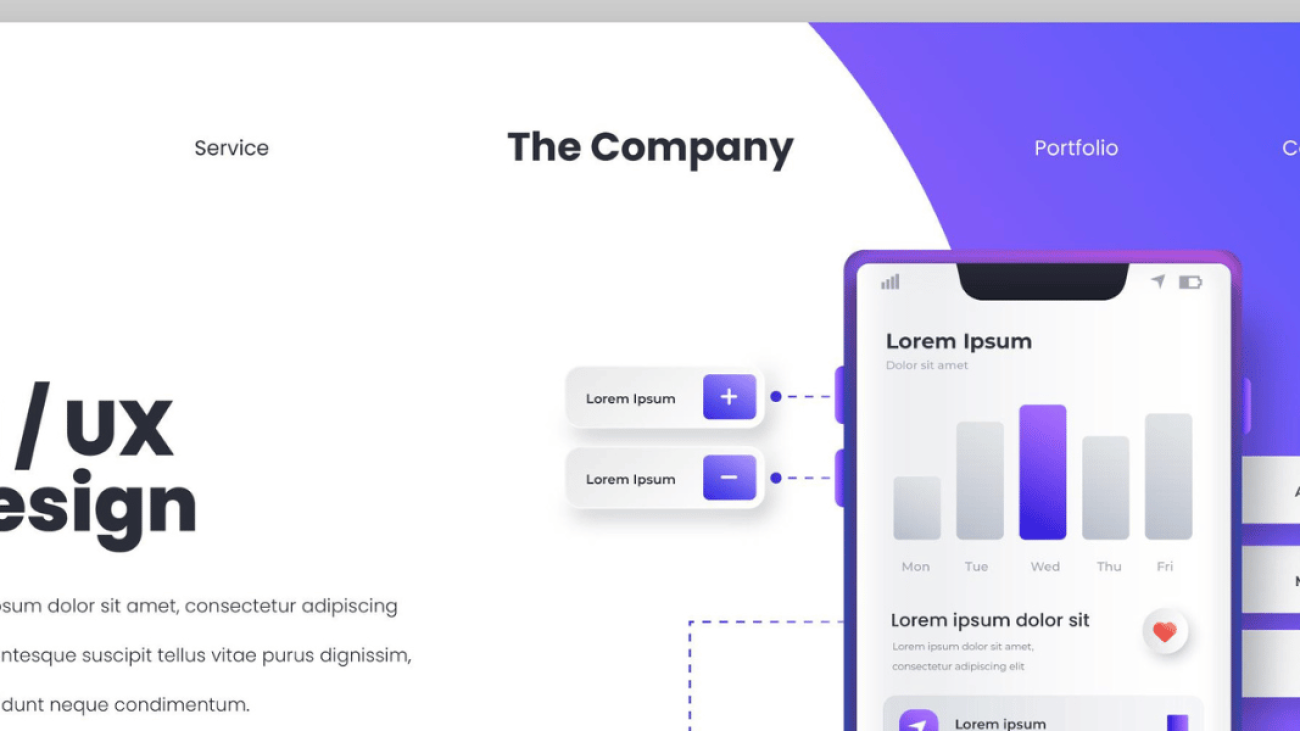The tech industry is constantly buzzing with new ideas, but it can be difficult for small enterprises (SMEs) to stay current. Forget showy gadgets and social media trends; we’re talking about cutting-edge developments that can provide your SME with a competitive advantage.
So, how can your company benefit from these advancements without employing a team of scientists? Let us break it down:
- Tech trends relevant to your business
These aren’t simply science fiction ideas anymore:
Artificial intelligence (AI) is software that can automate tasks, analyze data, and even forecast client behavior. This could free up your team’s time for more strategic work, allowing you to make better business decisions.
Cloud Computing: Forget about costly servers and software. Cloud computing allows you to access sophisticated computer capabilities online, making it easier to grow your organization and cooperate with others.
The Internet of Things (IoT): Imagine your devices communicating to one another! The Internet of Things connects physical things to the Internet, enabling data collection and process automation. This could help you increase productivity, cut costs, and learn more about your customers.
- Significant benefits for small businesses
Here’s how these trends can help your SME:
Boost Efficiency: Artificial intelligence can automate operations such as appointment scheduling, inventory management, and customer data analytics.
Make Smarter Decisions: Cloud computing provides you with strong analytics capabilities to assist you in better understanding your customers and market trends.
Improve Client Experience: IoT allows you to personalize your services and adapt to client requests in real-time.
- Finding the right fit: Practical tips
You don’t need a comprehensive technological overhaul; start small and focus on solutions that address specific concerns.
Identify Your Pain Points: Which repetitive processes could be automated? Where could you benefit from improved data analysis?
Research Simple Solutions: Look for user-friendly AI tools or cloud-based technologies that may be readily integrated into your existing systems.
Begin with a Pilot Project: Before investing heavily in a new technology, conduct a small-scale test.
Case Studies of real businesses
Even established companies are adopting new technologies:
- Domino’s Uses AI for Faster Delivery: They’ve used AI-powered robots to help in pizza preparation, resulting in faster delivery.
- Sephora Provides Virtual Try-on Technology: Customers can utilize augmented reality to preview how makeup will look on their faces before purchasing.
How SMEs can use emerging technology in their workflow
Here are some examples of organizations utilizing emerging technologies to make a splash:
- A small medical equipment manufacturer collaborates with a research facility to investigate using bioprinting to build custom prostheses for patients.
- A Local Marketing Agency: Begin by employing AI-powered tools to evaluate customer data and personalize marketing efforts for small businesses.
- A family-owned restaurant chain invests in a user-friendly brain-computer interface device to improve food preparation and ordering operations in the kitchen.
The future of technology is exciting, but it does not have to be terrifying for small businesses. The future is full of possibilities, and by staying informed about these emerging technologies, your SME can be ready to adapt, innovate, and thrive in the years to come!





